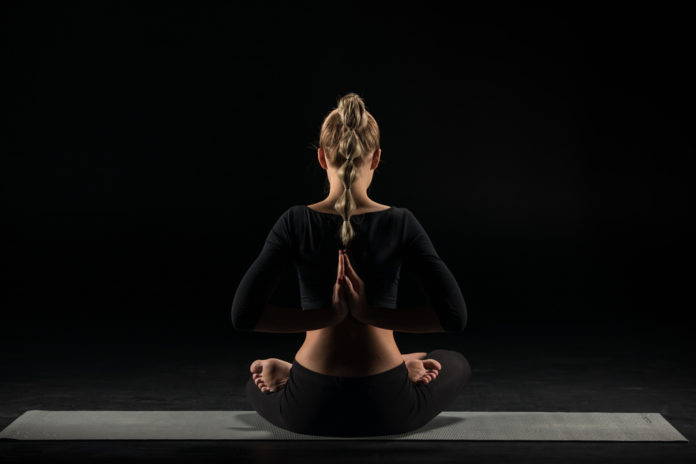Why is the Buddha smiling? Because it’s finally happened: meditation is mainstream.
Of course, the true “Buddha mind” finds reason to smile from within and is said to be unfazed by such spacetime frivolities as cultural trends, but surely the “enlightened” among us, whoever they are, must be encouraged that meditative practices are being taken up in boardrooms of corporate America, taught at YMCAs, introduced to schoolchildren around the world and even advocated within the military.
Mindfulness, Zen, the Transcendental Meditation technique and many other practices have become household words. Hundreds of peer-reviewed scientific research studies have demonstrated the efficacy of meditation for improving health, preventing disease, accelerating personal growth and even reversal of aging.
But with so many different methods of meditation available, how does one choose a suitable, effective meditation technique for oneself or one’s family? Here are some timesaving tips from a longtime meditator and 35-year meditation teacher to help you evaluate which meditation might be best for you.
Meditation techniques are not all the same!
The first step is to recognize that not all meditation techniques are the same. The various meditation practices engage the mind in different ways. Vipassna, also commonly (and perhaps loosely) known as mindfulness meditation, emphasizes dispassionate observation and, in its more philosophical form, the contemplation of impermanence, sometimes focusing on the interconnection between mind and body. Zen Buddhist practices are likely to use concentration, whether directed at one’s breath or at trying to grasp a Zen koan. The Transcendental Meditation technique uses effortless attention to experience subtle states of thought and ‘transcend’ by use of a specialized mantra. Christian Centering Prayer uses a word of worship to stimulate receptiveness to God. And this is only a small sampling of the variety of practices commonly lumped together as ‘meditation.’
Different techniques have different aims, employ a variety of procedures and naturally produce different results. In determining which technique among this wide variety of practices might best suit your purposes, start by asking yourself what you want out of meditation, and how much time you’re willing to give it. Some meditation programs emphasize regular or twice-daily practice over time to gain maximum benefit and evolve to higher stages of personal growth, while other practices are intended for an occasional inspirational boost or to chill when you’re stressed.
Article Source: http://EzineArticles.com/1975757













